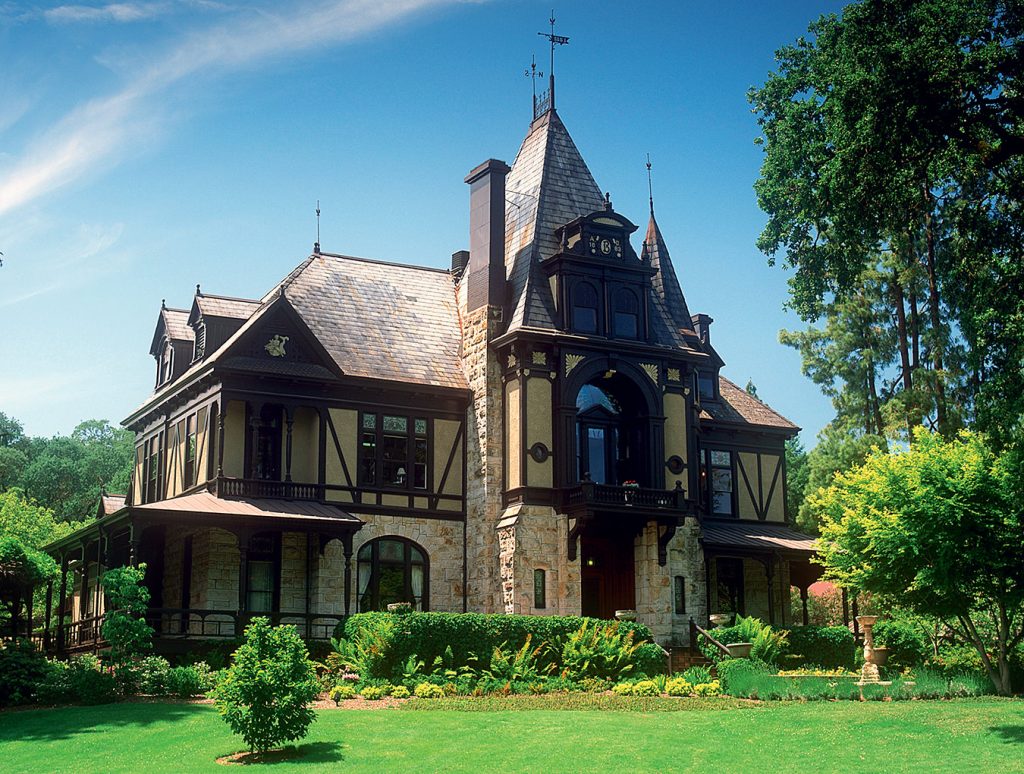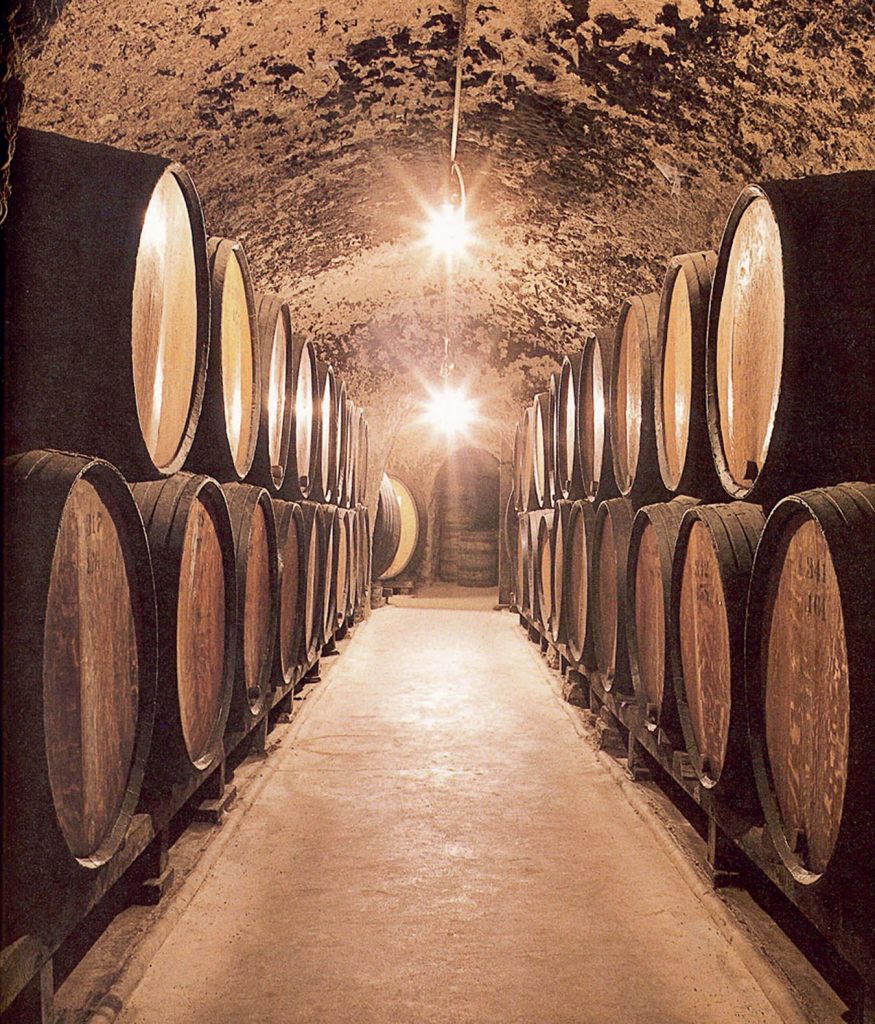Any discussion of where California wine may be headed has to begin with how far it has come. The history is long, when you consider California wine is closing in on some 230 years of history. Credit Franciscan missionaries under the direction of Father Junípero Serra, for planting the first vineyards to produce wine, in 1779 at Mission San Diego. The grape variety, likely a descendant of earlier Mexican vines, was known as the Mission grape, a variety that would go on to dominate California wine production for the next 100 years.
European grapes arrived to the Golden State in 1833 but it wasn’t until the 1860s when Agoston Haraszthy, a Hungarian-American traveller and the man they refer to as the Father of American Viticulture, really kick-started the business. Haraszthy arrived in Sonoma in 1856. He bought a vineyard northeast of the town and called it Buena Vista. He hired Charles Krug as his winemaker and together they built the first stone winery, complete with underground tunnels, in California.
Some 150 years later, names like Gustave Niebaum, André Tchelistcheff, Georges de Latour, Brother Timothy, Maynard Amerine, Ernest and Julio Gallo, Louis P. Martini, and Robert Mondavi have taken American wines, of which 90 per cent are from California, to dizzying heights. The latest U.S. wine exports reveal $1.43-billion in winery revenues. Case quantities top 47 million.
By any sensible measure Canada is the most important trading partner for California wine. That status allows us to ask the one truly burning question about modern day California wine—who will be the next voice or leader? I put that question to two prominent California wine advocates: Robert P. Koch, President and CEO of Wine Institute and the Lieutenant Governor of California, and Plumpjack Winery owner, Gavin Newsom.
“When you lose your pioneers you have lost something very important. The onus is on the second and third generations to tell that story and that is happening.”
Newsom’s response: “There seems to be a vacuum since Robert Mondavi passed away. There has to be a new generation with energy that respects traditions, respects the past, but is more representative of what is happening today. I argue, and this may not be popular, we need to, as an industry, reconcile that quickly and take advantage of this remarkable story that I don’t think has been told around the world. Remember, we are educating folks from around the planet. UC Davis is the United Nations of the future of wine. It’s all coming out of this state. Everybody around the world has a lot at stake in terms of what those professors and leaders are doing up there.”
Koch said, “When you lose your pioneers you have lost something very important. The onus is on the second and third generations to tell that story and that is happening. They may not be as high profile as Robert Mondavi or the Gallos but in the years ahead these people will become the face of California wine, out on international promotions.”
California’s challenge is unique because despite its long history, fine wine is really less than 50 years old and with few exceptions it is mostly tagged to grape varieties and not to site or place. As a result, pitting chardonnay against Burgundy or Chablis isn’t a fair fight unless you can taste them side by side in a blind environment.
The Americans won the great blind tasting of 1976 in Paris. But that was nearly 40 years ago and the story needs a new chapter. After spending a week looking at the latest in California, it may seem somewhat ironic that as close to Hollywood as California wine country is, the new story is likely less about the big name stars and more about hard work and progress at all levels.
Older vineyards are gaining respect, field blends of zinfandel, petite sirah, and carignane are changing the way young vintners think about vineyards, especially mono-culture plantings. From sustainability to organic and biodynamic viticulture, California is finding its way back to its original rootstocks. California wine is moving closer and closer to its source vineyards and soils. Authenticity may be the best way of expressing California’s new direction, and it can’t come soon enough. I have a hunch and Agoston Haraszthy and Robert Mondavi would think the same.










